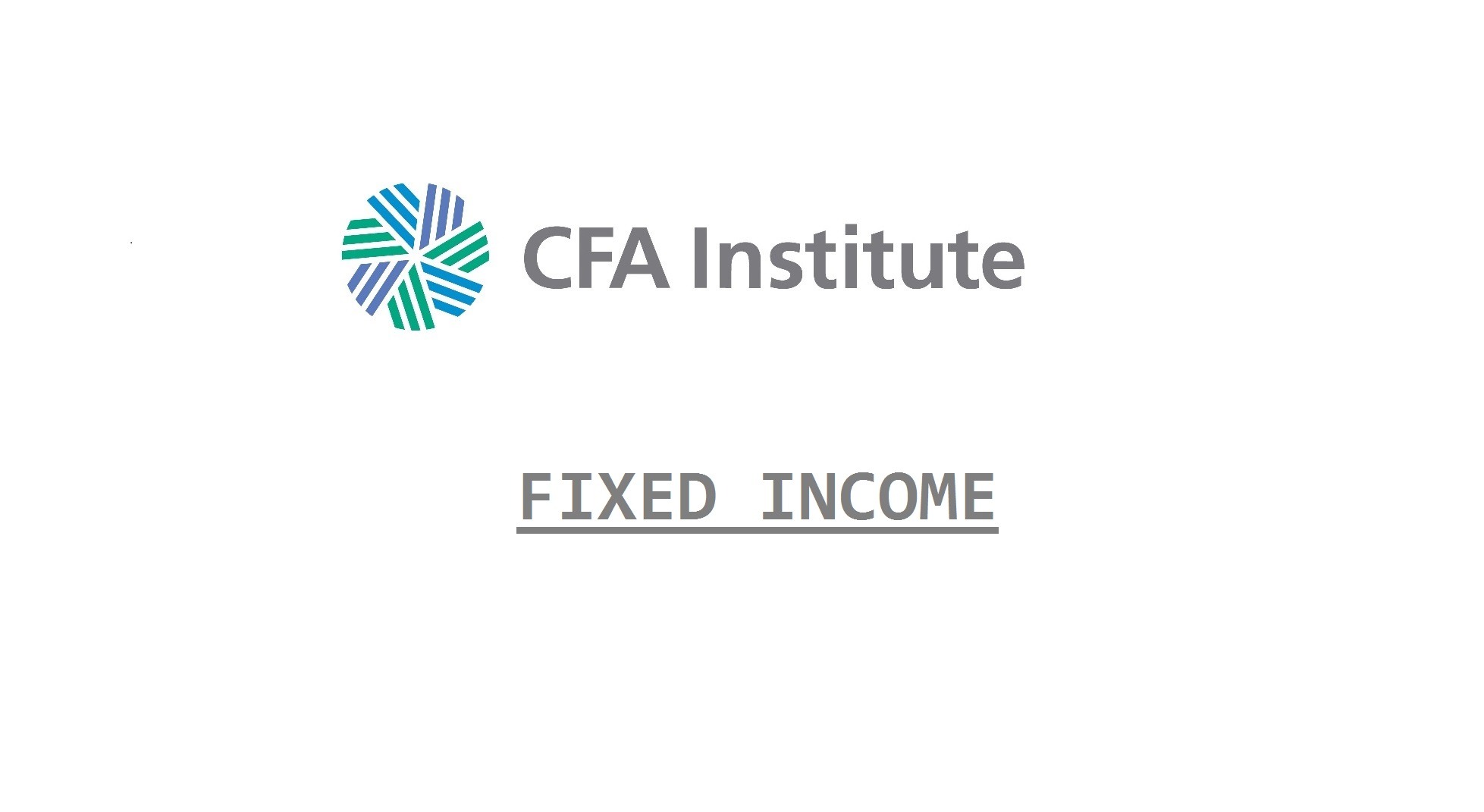A credit default swap acts as an insurance contract. The credit protection buyer is short the swap and received protection from credit events. In exchange, they make payments to the credit swap protection seller, who writes/is long the CDS. Contracts protect against the notional principle, which is the face value of the protection sold.
Even though the CDS spread should be based on the underlying credit risk of the reference obligation, standardization in the market has led to a fixed coupon on CDS products: 1% for investment-grade securities and 5% for high-yield securities. Hence, the coupon rate on the CDS and the actual credit spread may be different.
In the case of a single-name CDS, the reference obligation is the fixed-income security on which the swap is written, usually a senior unsecured obligation (in the case of a senior CDS). The issuer of the reference obligation is called the reference entity. The CDS pays off not only when the reference entity defaults on the reference obligation but also when the reference entity defaults on any other issue that is ranked pari passu (i.e., same rank) or higher. The CDS payoff is based on the market value of the cheapest-to-deliver (CTD) bond that has the same seniority as the reference obligation.
An index CDS covers multiple issuers, allowing market participants to take on an exposure to the credit risk of several companies simultaneously in the same way that stock indexes allow investors to take on an equity exposure to several companies at once. In this case, the protection for each issuer is equal (i.e., equally weighted) and the total notional principal is the sum of the protection on all the issuers.
